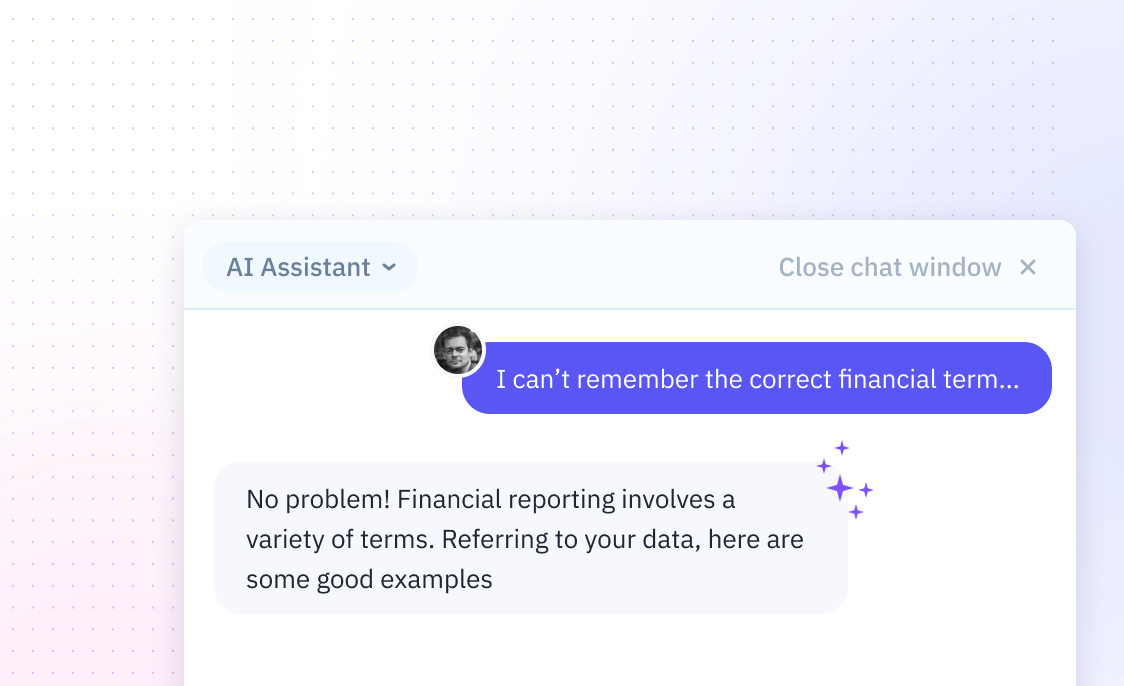
Bull Market: Investor Confidence & Optimism
A Bull market is a prolonged period of time where stock prices increase, typically lasting for several years, and is defined as a 20% increase in a stock market index or an individual security.Formula
Bull Market Index = (Current Economic Data - Post-war Boom Data) / Post-war Boom Data x 100How do I calculate the bull market?
Calculating a Bull Market can be a complex process that requires taking into consideration a number of factors. One way to do it is to look at the post-war boom and the strong economic conditions that made it possible. This includes analyzing economic data such as GDP growth, employment levels, housing prices, and consumer spending. By comparing the current economic data with that of the post-war period, it is possible to measure the progress of the economy and the overall market sentiment. This can then be used to calculate the Bull Market Index.
To calculate the Bull Market Index, use the following equation:
Bull Market Index = (Current Economic Data - Post-war Boom Data) / Post-war Boom Data x 100
In order to make the calculation, you will need to make sure you have access to reliable and accurate economic data. The use of tools such as Sourcetable can help you quickly and accurately analyze the data needed.
What is a Bull Market?
A bull market is a period of time where there is a general rise in the stock market, with a sustained increase in the prices of stocks. During a bull market, investors are more willing to invest and there is an increase in trading volume.
How long did the last bull market last?
The last bull market lasted from 2003 to 2007.
How much did the S&P 500 increase during the last bull market?
The S&P 500 increased by 20% during the last bull market.
What changes occur during a bull market?
During a bull market, there is an increase in trading volume, higher valuations, increased liquidity, and an increase in initial public offerings.
Key Points
How do I calculate bull market?
Bull Market Index = (Current Economic Data - Post-war Boom Data) / Post-war Boom Data x 100
A Rising Asset or Security Price
A bull market is a period of time in financial markets when the price of an asset or security rises rapidly. This can be seen as an upward trend in the stock market and usually indicates a healthy economy.
Indication of a Healthy Economy
A bull market is seen as an indication of a healthy economy because it means that investors are confident in the direction of the market and are willing to buy more assets and securities.
Long Periods of Growth
Bull markets usually last for long periods of time and may continue for years at a time. This means that investors have the potential to make large profits during this period.
High Volatility
Bull markets can be characterized by a high degree of volatility, meaning that prices can change rapidly and unpredictably. As such, investors should be aware of the risks associated with investing during a bull market.
Opportunities for Profit
Bull markets can provide opportunities for investors to make large profits, but they can also be risky. Investors should be aware of the risks associated with investing during this period and should be prepared for the possibility of large losses.

